topmenu
Wyniki wyszukiwania:
wyszukanych pozycji: 6
 |
Recykling odpadów i produktów ubocznych przemyslu w betonie
ISBN: 9786208970888 / Polski / Miękka / 2025 / 80 str. Termin realizacji zamówienia: ok. 10-14 dni roboczych. |
cena:
160,21 |
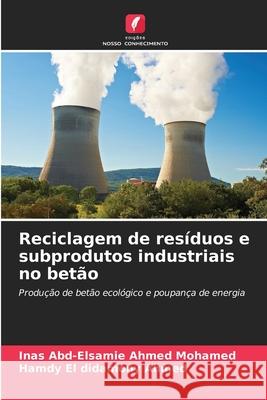 |
Reciclagem de resíduos e subprodutos industriais no betão
ISBN: 9786208970932 / Portugalski / Miękka / 2025 / 76 str. Termin realizacji zamówienia: ok. 10-14 dni roboczych. |
cena:
160,21 |
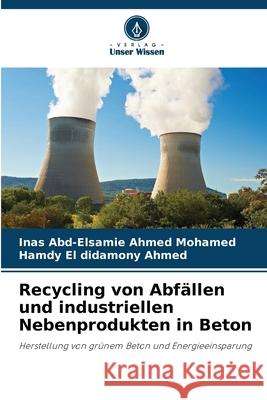 |
Recycling von Abfällen und industriellen Nebenprodukten in Beton
ISBN: 9786208970895 / Niemiecki / Miękka / 2025 / 80 str. Termin realizacji zamówienia: ok. 10-14 dni roboczych. Die Zementherstellung verbraucht viel Energie und verursacht hohe CO2-Emissionen. Dies liegt an der extremen Hitze, die für die Herstellung erforderlich ist. Außerdem entstehen dabei fast eine Tonne CO2. Umweltprobleme im Zusammenhang mit der Entsorgung mineralischer Nebenprodukte, Energie und die hohen Kosten von Portlandzement erfordern weitere Anstrengungen, um Ersatzstoffe zu finden. Diese werden als Zusatzzementmaterialien bezeichnet, die einen Teil des Zements in Beton ersetzen. Künstliche Puzzolane sind Materialien, die durch thermische Behandlung gewonnen werden, wie z. B....
Die Zementherstellung verbraucht viel Energie und verursacht hohe CO2-Emissionen. Dies liegt an der extremen Hitze, die für die Herstellung erforderl...
|
cena:
160,21 |
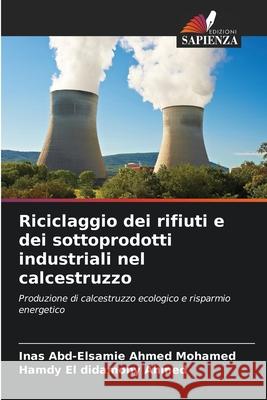 |
Riciclaggio dei rifiuti e dei sottoprodotti industriali nel calcestruzzo
ISBN: 9786208970925 / Włoski / Miękka / 2025 / 80 str. Termin realizacji zamówienia: ok. 10-14 dni roboczych. |
cena:
160,21 |
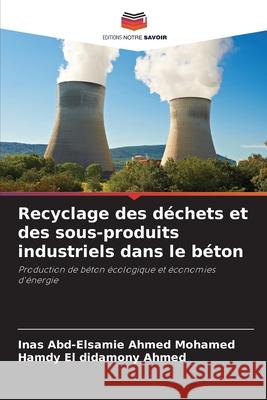 |
Recyclage des déchets et des sous-produits industriels dans le béton
ISBN: 9786208970901 / Francuski / Miękka / 2025 / 80 str. Termin realizacji zamówienia: ok. 10-14 dni roboczych. La fabrication du ciment consomme beaucoup d'énergie et émet une quantité importante de dioxyde de carbone en raison de la chaleur extrême nécessaire à sa production. Elle génère également près d'une tonne de dioxyde de carbone. Les problèmes environnementaux liés à l'élimination des sous-produits minéraux, à l'énergie et au coût élevé du ciment Portland exigent davantage d'efforts pour trouver des substituts. Ces substituts sont appelés « matériaux cimentaires supplémentaires » et remplacent une partie du ciment dans le béton. Les pouzzolanes artificielles sont des...
La fabrication du ciment consomme beaucoup d'énergie et émet une quantité importante de dioxyde de carbone en raison de la chaleur extrême nécess...
|
cena:
160,21 |
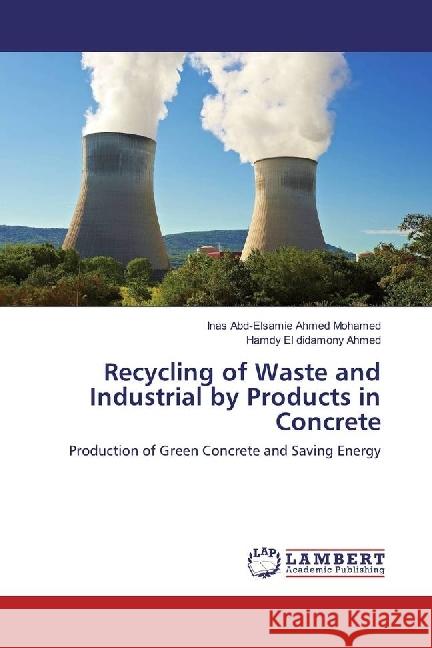 |
Recycling of Waste and Industrial by Products in Concrete : Production of Green Concrete and Saving Energy
ISBN: 9783659958205 / Angielski / Miękka / 2016 / 84 str. Termin realizacji zamówienia: ok. 10-14 dni roboczych. |
cena:
160,21 |










